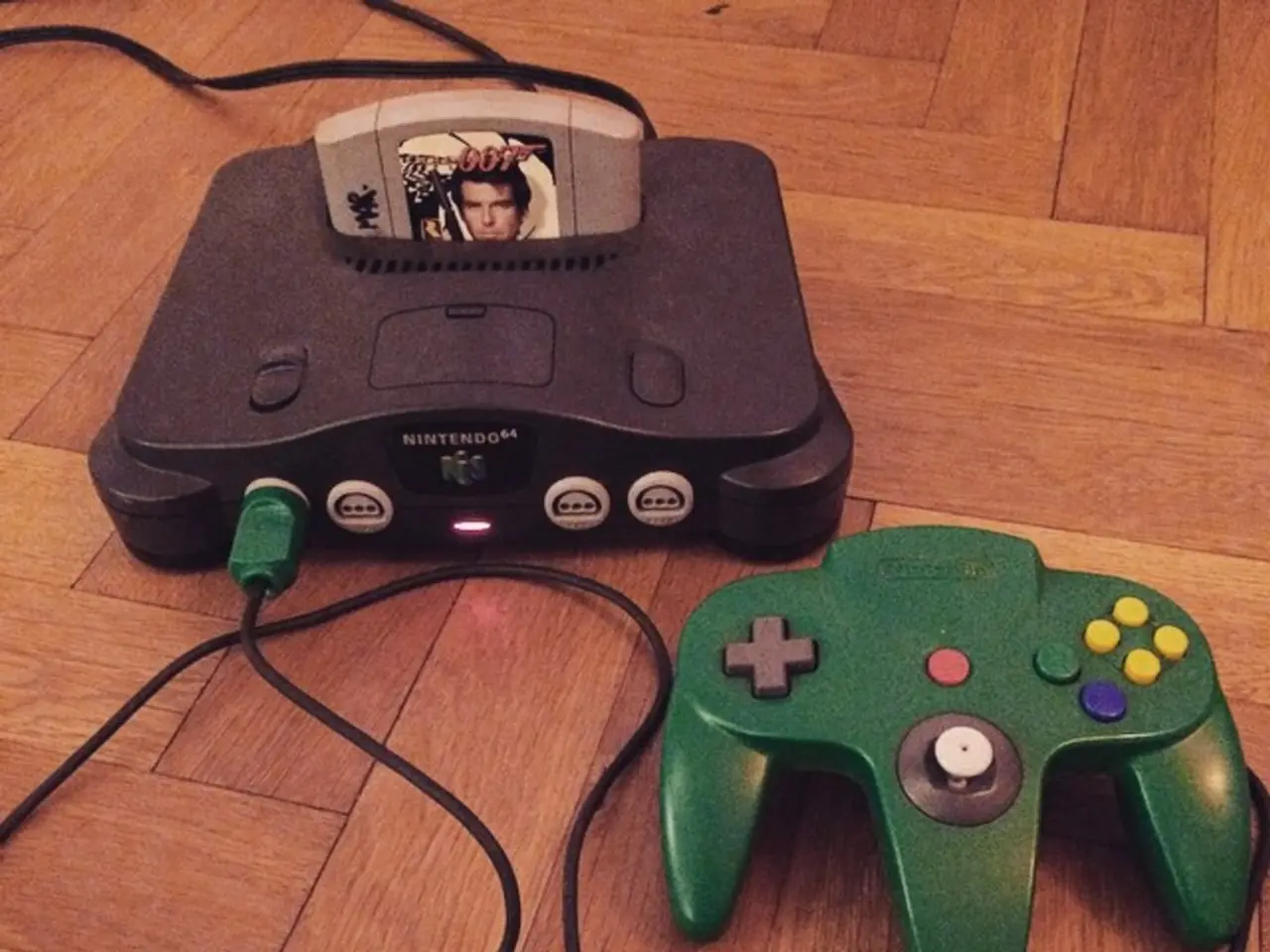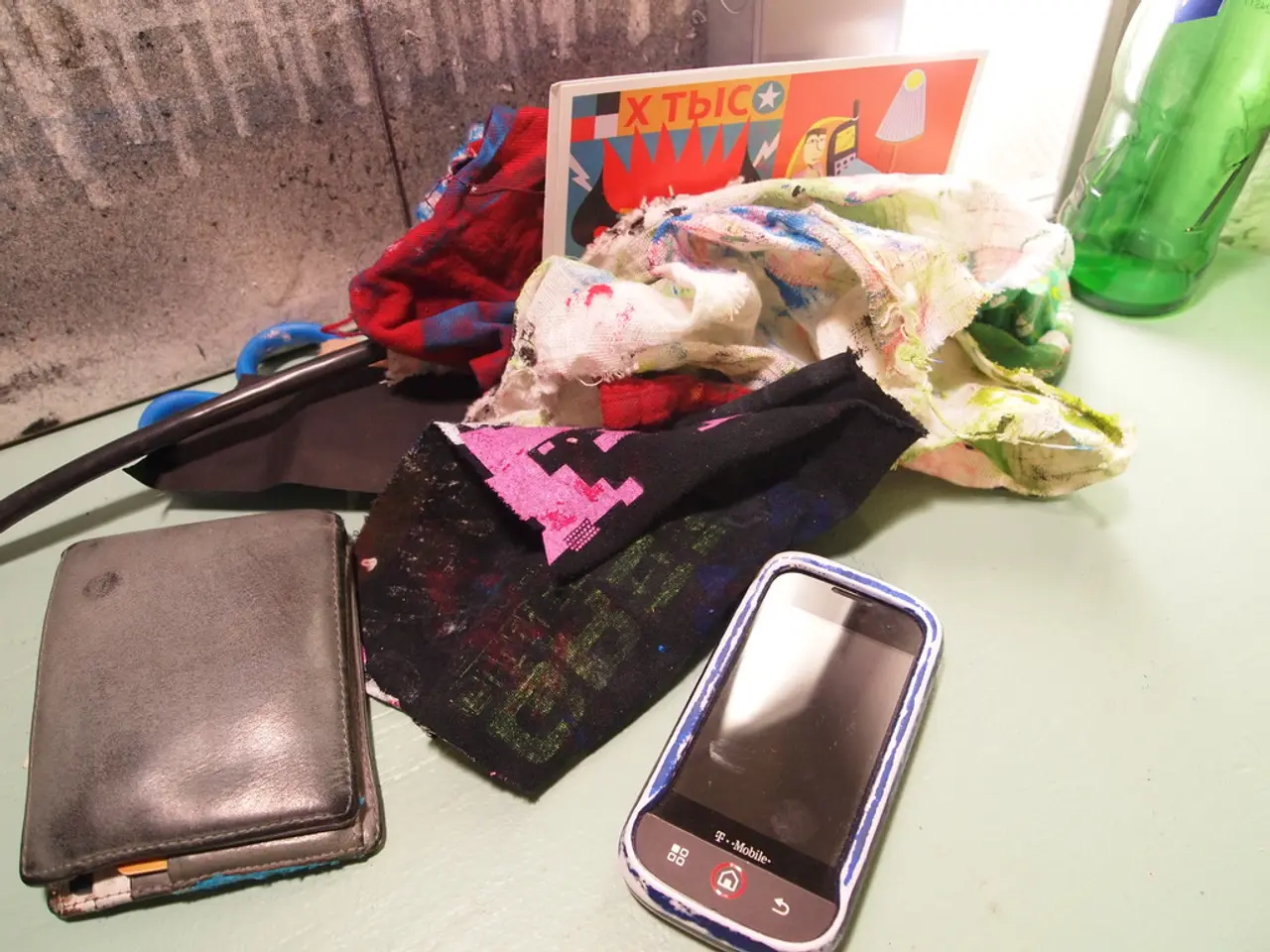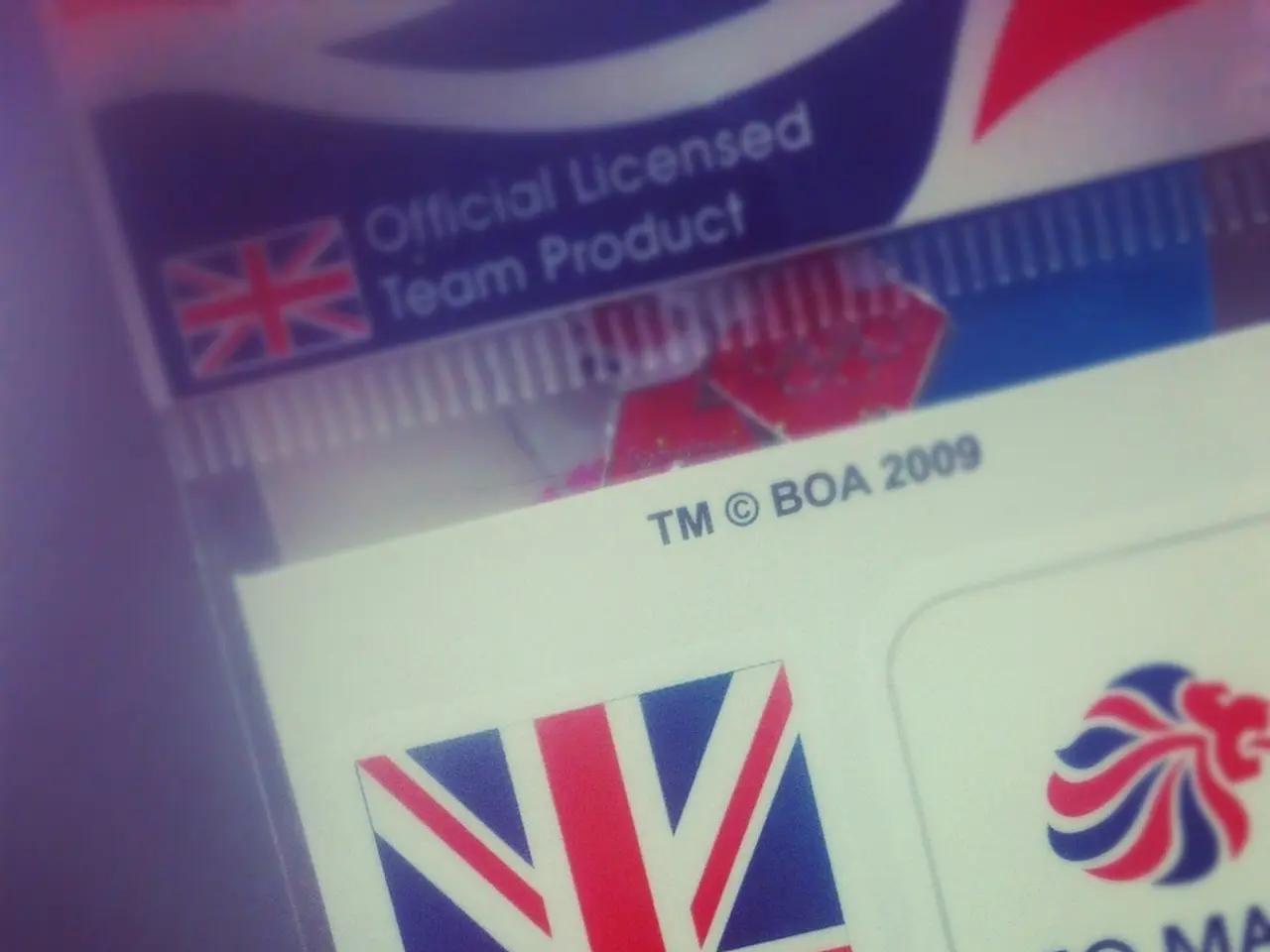Retro-styled digital cameras capturing popularity, with the authentic aesthetic seemingly attributable to the cameras' lenses.
In the world of digital photography, capturing images that evoke the nostalgic charm of film has become increasingly popular. While digital capture and post-processing play a significant role, the choice of lens—including its aperture, optical characteristics, and the use of diffusion filters—is essential for achieving a film-like aesthetic.
## Key Factors for Film-Like Digital Images
Lenses with bright apertures (wide-open) create shallow depth of field, mimicking the look of medium or large format film where the background is soft and the subject is isolated. Certain film-era lenses introduce subtle distortions, flare, and vignetting that contribute to a more organic, less clinically sharp image. Modern, ultra-sharp lenses can feel too "digital," so vintage or adapted lenses are often used to reintroduce these imperfections.
Adding diffusion filters, such as the Moment CineBloom, softens highlights, creates a dreamy haze, and softens skin tones, closely emulating the look of analog film without requiring extensive post-processing.
Post-processing software and presets, like Cinestill's SpectraCOLOR™ or dedicated LUTs/DCTLs for color grading, allow users to apply the color science and contrast curves of specific film stocks to digital files. Digital images are often processed to simulate the dynamic range and grain structure of film, which involves both in-camera settings and post-production steps.
## The Role of Lenses in Film Emulation
Lenses are a central part of the equation. They create the signature out-of-focus areas associated with film, especially when paired with larger sensors. Flare, vignetting, and subtle chromatic aberrations from vintage or specialty lenses help break up the clinical sharpness of digital sensors, giving images more personality and a nostalgic feel.
Physical filters like the CineBloom can be used on modern lenses to soften highlights, reduce skin blemishes, and add a gentle haze, closely mimicking the look of film even on digital bodies.
## Summary Table
| Factor | Contribution to Film Look | Tools/Techniques | |-------------------|------------------------------------------|-----------------------------------| | Lens Choice | Bokeh, softness, optical flaws | Fast prime, vintage lenses | | Diffusion Filters | Haze, glow, softness | CineBloom, soft diffusion filters | | Image Processing | Color science, grain, dynamic range | SpectraCOLOR™, LUTs, DCTLs | | Creative Shooting | Shallow DoF, multi-shot stitching | Panoramic stitching, fast lenses |
Modern lenses are designed to eliminate flare, but a good flare is key to a dreamy retro look. Camera lenses are becoming increasingly sharp to match camera bodies with high resolution. Lens flare, which can be encouraged or discouraged by the design of the lens, can introduce color casts or wash out colors.
In 2025, popular digital cameras include the Fujifilm X100VI, Nikon Zf, OM System OM-3, Camp Snap, and Instax Mini Evo, which all have a retro look. The beauty of aiming for a film-like look is that you don't need a brand new high-megapixel camera to do that. Different lens coatings can prevent color casts and create a more vibrant image.
The high cost of developing film is a reason for photographers to look for ways to put that dream-like feeling into their digital images. Embracing a retro look with a retro lens or filter can be an alternative to investing in an entirely new camera. LensBaby's unusual lenses are another choice for an imperfect but charming optic.
Hillary K. Grigonis, who leads the US coverage for Digital Camera World and has more than a decade of experience writing about cameras and technology, emphasizes that the journey to create film-like images on a digital camera involves not just looking for a retro camera but the right lens as well. An anamorphic streak filter is another option for creating a dreamy film feel. Diffusion filters soften the sharpness of a modern lens for a more retro look and create soft blooms of light when directed at a light source. Lomography's remade Pretzval lens is a vintage-inspired choice that mounts directly on modern mirrorless cameras.
- Lenses with bright apertures, mimicking medium or large format film, create a shallow depth of field that isolates the subject, contributing to a film-like aesthetic.
- Vintage or adapted lenses, with their subtle distortions, flare, and vignetting, help reintroduce the imperfections often found in film, adding character to digital images.
- Diffusion filters like the Moment CineBloom soften highlights, create a dreamy haze, and soften skin tones, emulating the look of analog film without extensive post-processing.
- Post-processing software and presets allow users to apply the color science and contrast curves of specific film stocks to digital files, simulating the dynamic range and grain structure of film.
- Modern, ultra-sharp lenses can feel too "digital," so photographers often use physically filters like the CineBloom to soften highlights, reduce skin blemishes, and add a gentle haze on digital bodies.
- Popular cameras in 2025, such as the Fujifilm X100VI, Nikon Zf, OM System OM-3, Camp Snap, and Instax Mini Evo, all have a retro look, but the journey to create film-like images on a digital camera involves the right choice of lens as well.
- An anamorphic streak filter is another option for creating a dreamy film feel, while Lomography's remade Pretzval lens is a vintage-inspired choice that mounts directly on modern mirrorless cameras.
- Diffusion filters soften the sharpness of a modern lens for a more retro look and create soft blooms of light when directed at a light source, making them a valuable tool in the pursuit of film-like digital images.




